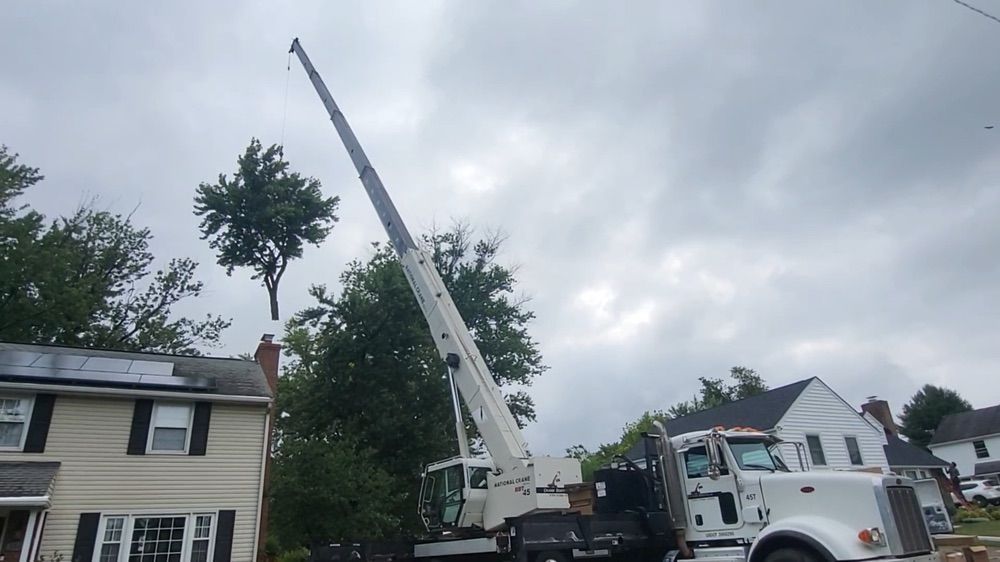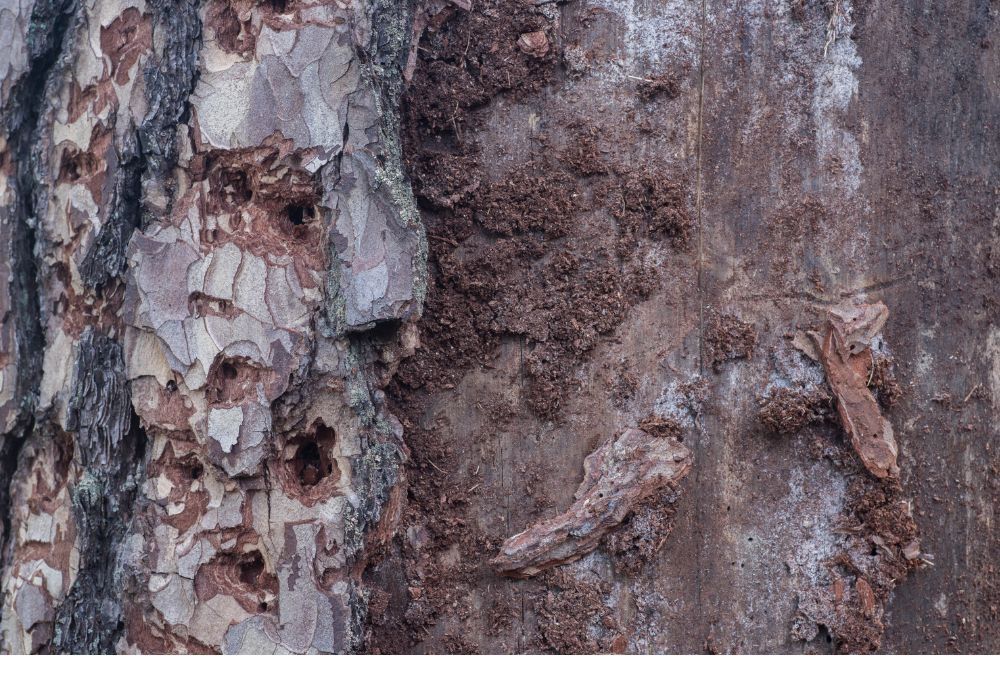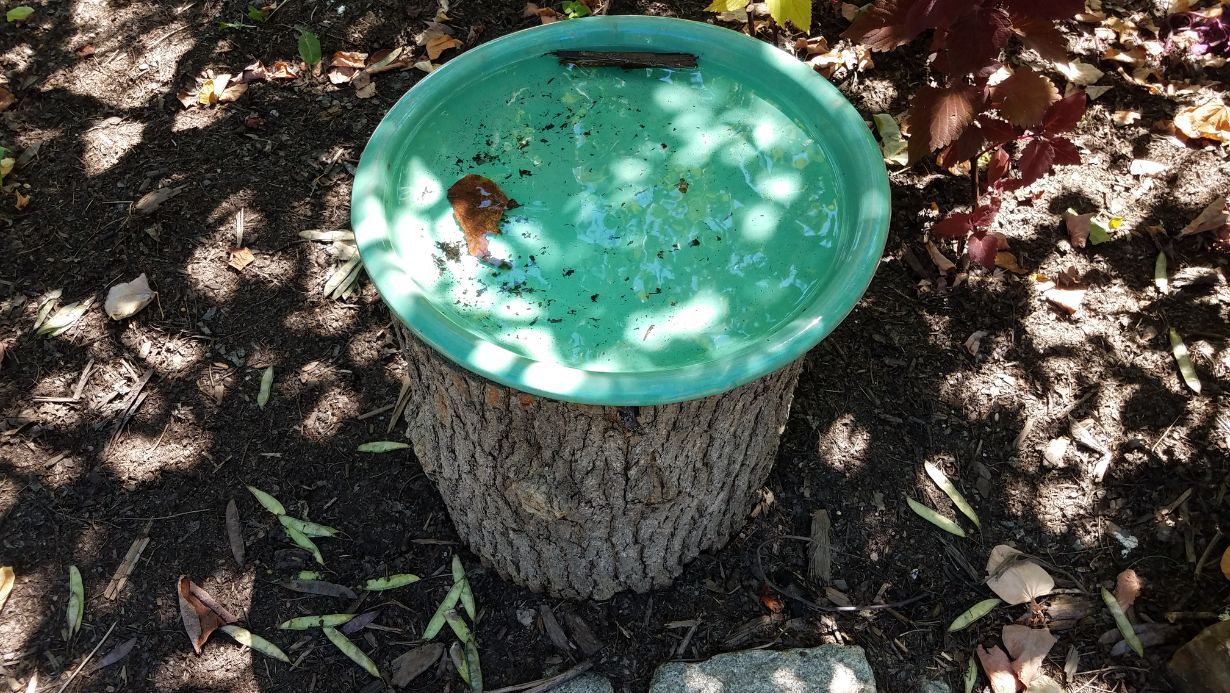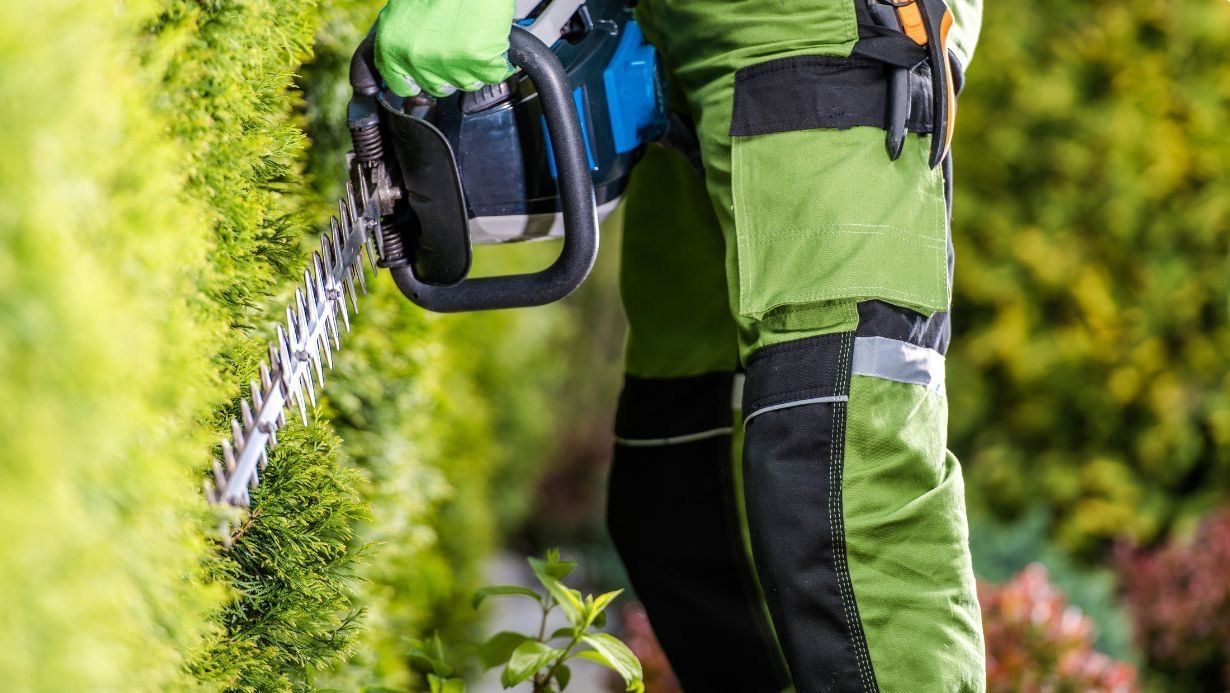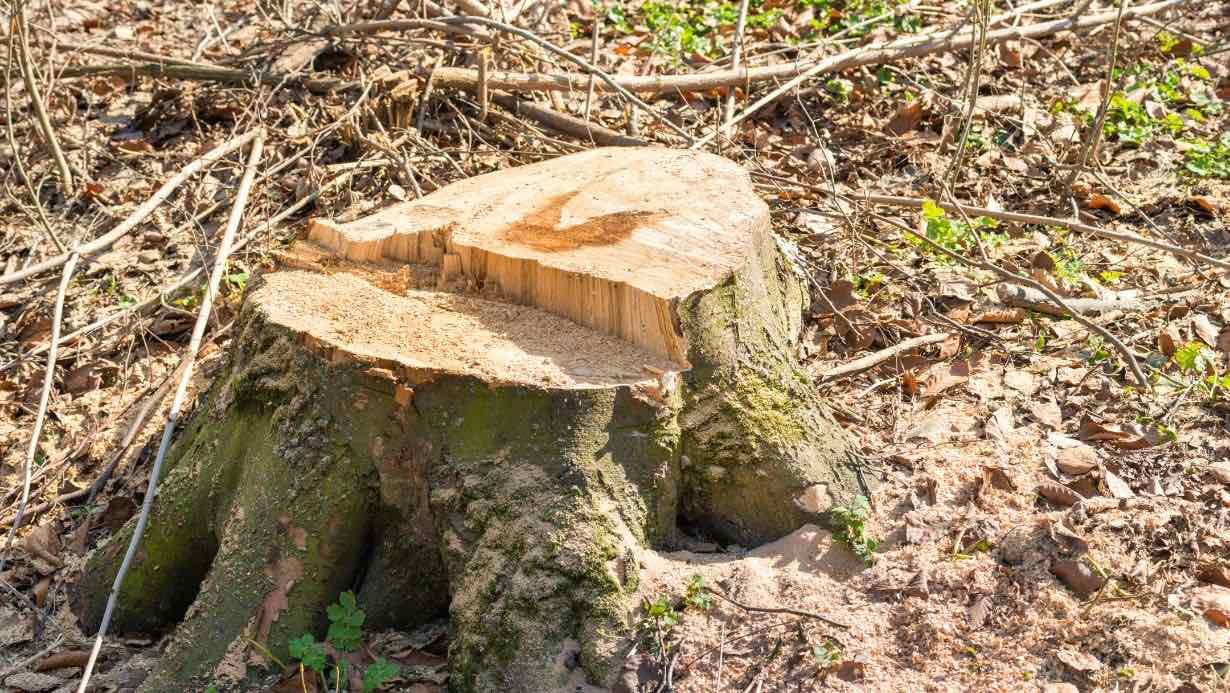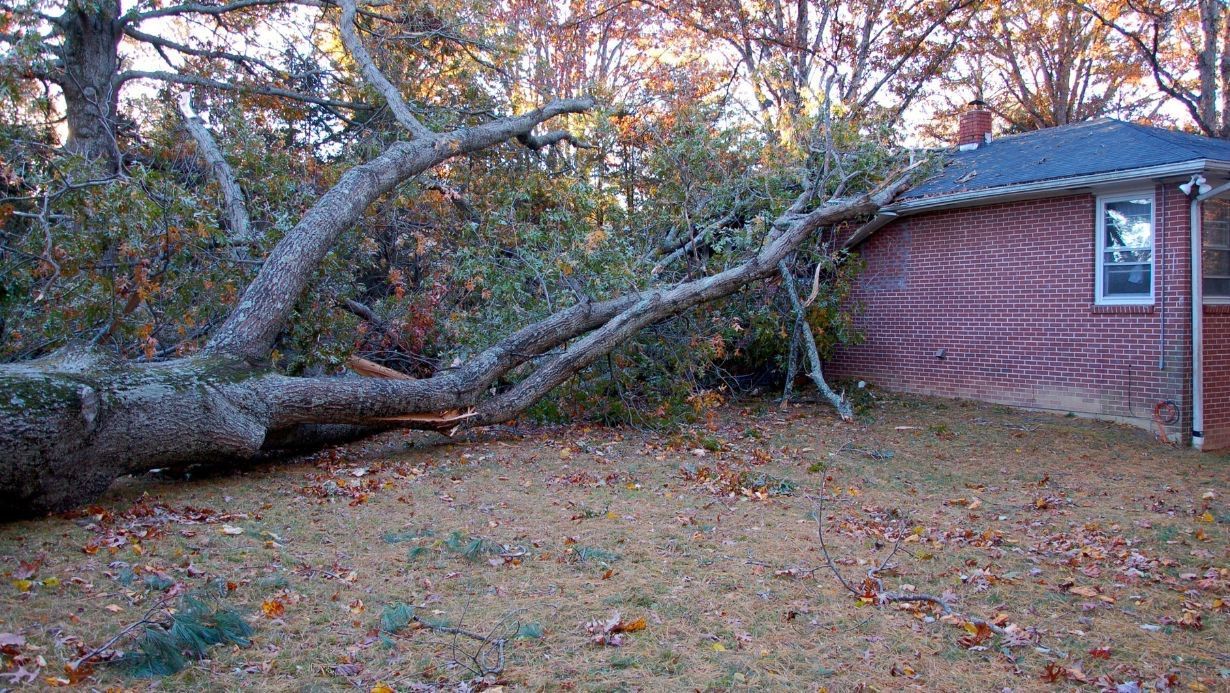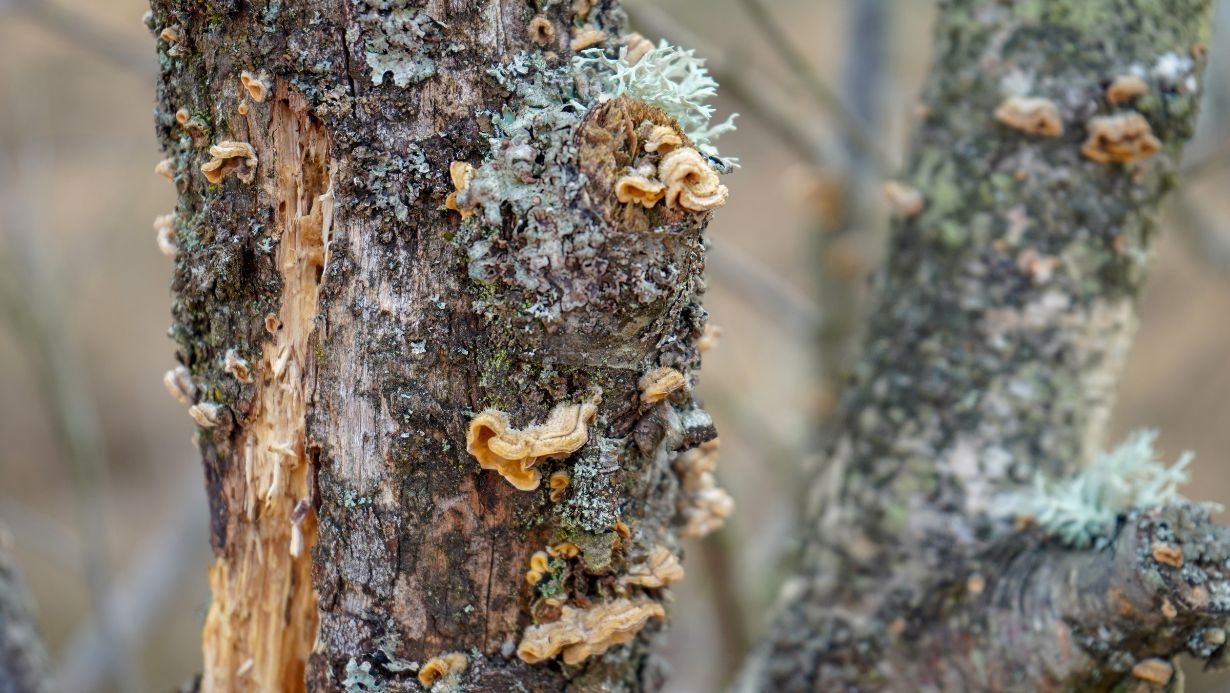Should You Have a Stump Removed or Grinded?
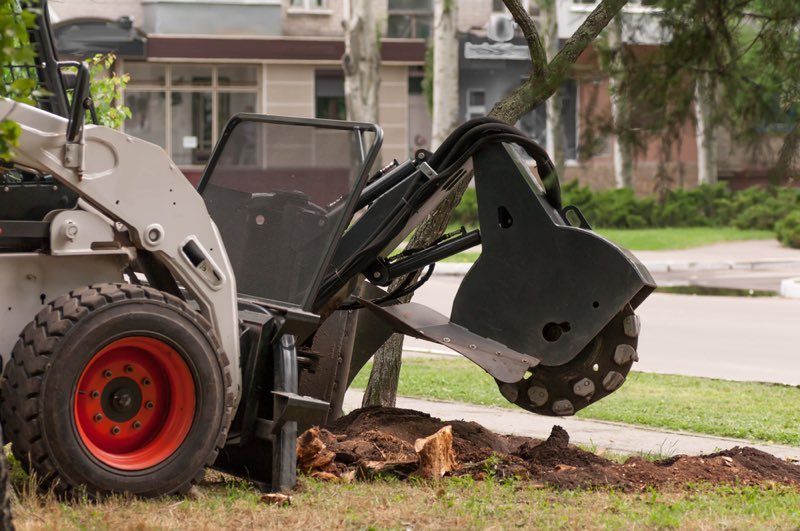
When a tree falls, or you have a tree removed, you are left with the tree stump, which can become an eyesore or tripping hazard. If you're stumped (sorry, we couldn't resist) about what to do with that stump, read on.
Basically, you have three options for tree stumps: leave it, remove it, or grind it down. They each have both pros and cons. Which is best for you depends on your budget, the size and type (some are easier to remove than others) of the removed tree, and what you plan to do with the area where the stump was removed.
What is Stump Grinding and Stump Removal?
When we grind a stump (or large bush), we use a high-speed, steel-toothed rotating disk to grind the remaining stump into small wood chips. With stump grinding, the roots of the tree remain.
Removing a stump is a much more complex process in which we dig up and completely remove the stump and all of its roots, which can spread underground four to twelve feet or more beyond where the tree originally stood. Stump removal is more labor intensive and takes more time; therefore, it costs more than stump grinding.
Either method can be hazardous if homeowners, who typically lack the experience or the tools, try doing it themselves and is best left to professional tree trimming and removal services.
The Pros and Cons of Stump Grinding
PROS:
- It's quicker.
- It's significantly less expensive than stump removal.
- The hole left by the stump is automatically filled in with wood chips.
- It provides wood chips that can be used as mulch elsewhere in the garden.
- There is less mess and clean-up.
CONS:
- Depending on the size of the remaining roots, it may be less aesthetically pleasing than completely removing the stump and roots.
- Remaining roots limit what you can do with the space, making planting a new tree or building a patio or foundation complex.
- Remaining wood chips and decaying roots may attract pests (such as termites) and cause fungus growth.
- It leaves behind wood chips, which could be a con if you don't want to use them as mulch.
- Shoots or sprouts can emerge from the remaining roots.
- It can take ten or more years for the roots to break down entirely.
The Pros and Cons of Stump Removal
PROS:
- It's a more thorough process so that the remaining roots won't cause any complications down the road (shoots, pests, heaving pavement, etc.).
- It provides a clean slate and flexibility to use the space however you want.
CONS:
- It is significantly more expensive because it is a much more complex process.
- It's more intrusive.
- It may require chemicals.
- It leaves behind a hole that needs to be filled.
- It requires more time to complete.
- There is a great deal of follow-up work – filling in the hole, taking the stump and roots away, chemical clean-up, etc.
The Pros and Cons of Leaving the Stump
PROS:
- It's natural
- It's the least expensive option
- It requires no heavy equipment
- There is no noise or disruption
CONS:
- The remaining stump can become an eyesore or tripping hazard
- The remaining stump can take up valuable and useable space
- The stump may make mowing more difficult
- It's harder to plant a new tree nearby
- Fungi and mold that grow on stumps may be hazardous to your family's health
- Shoots and sprouts can emerge
Bottomline on Stump Removal vs. Stump Grinding
Most experts recommend either removing or grinding stumps and not leaving them to decay naturally. It's safer and more aesthetically appealing. If you have the budget, want to start with a clean slate, and are willing to put up with the inconvenience, removing the tree and all its roots is probably your best bet. However, grinding the stump is a great option if you want to save significant money and time.
Need a Stump Removed?
Arbor Max's trained team of professionals specializes in safely removing and pruning even the biggest trees and removing or grinding stumps.
Call us today at 484-878-8947 or click for a free tree removal quote.

